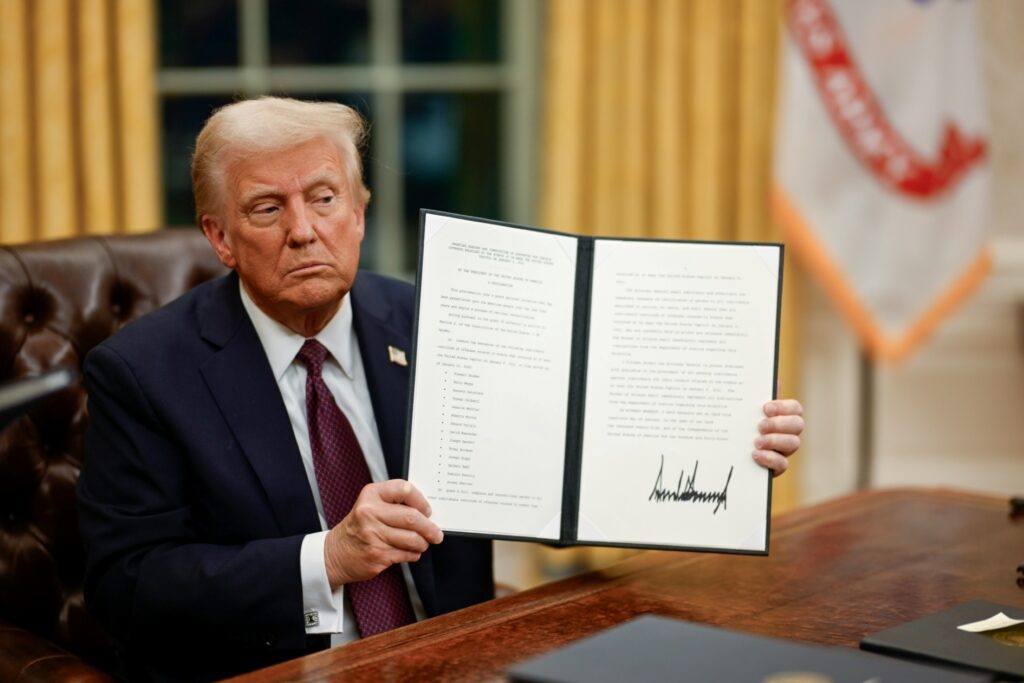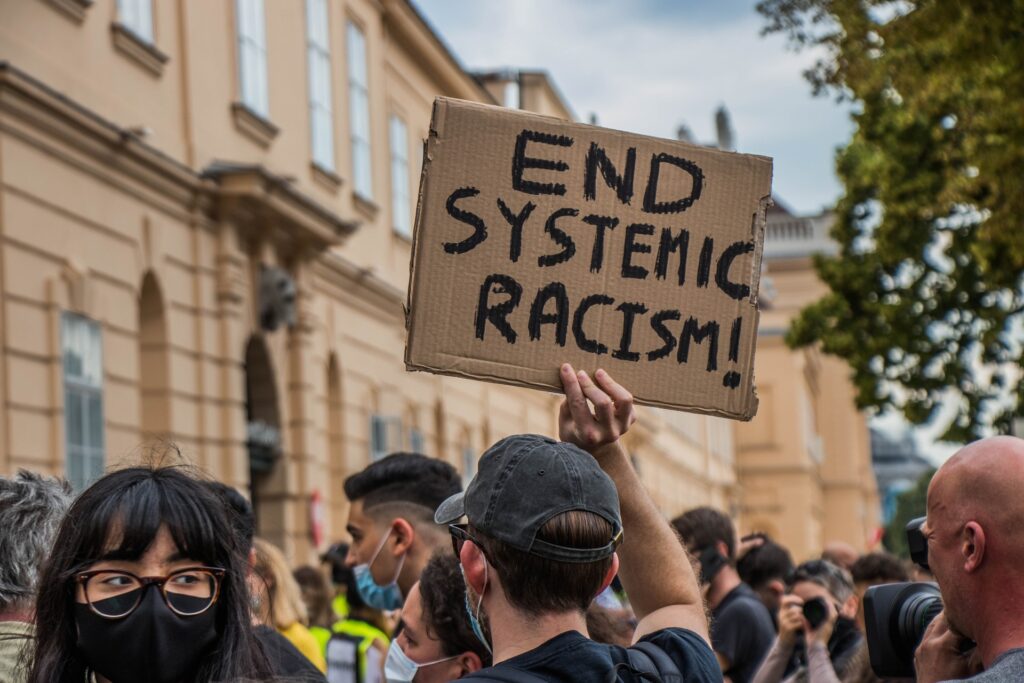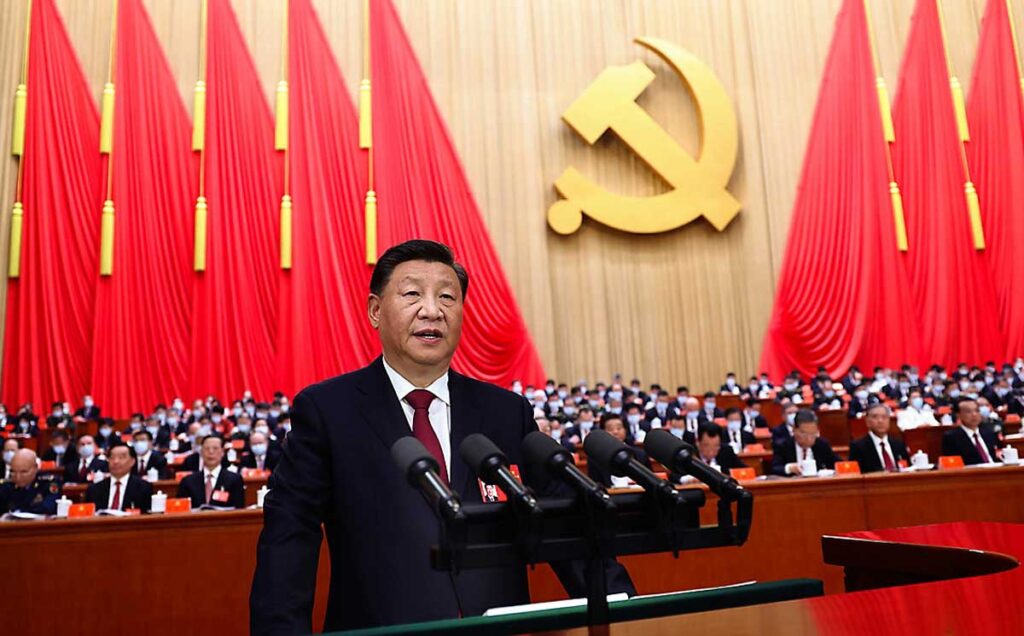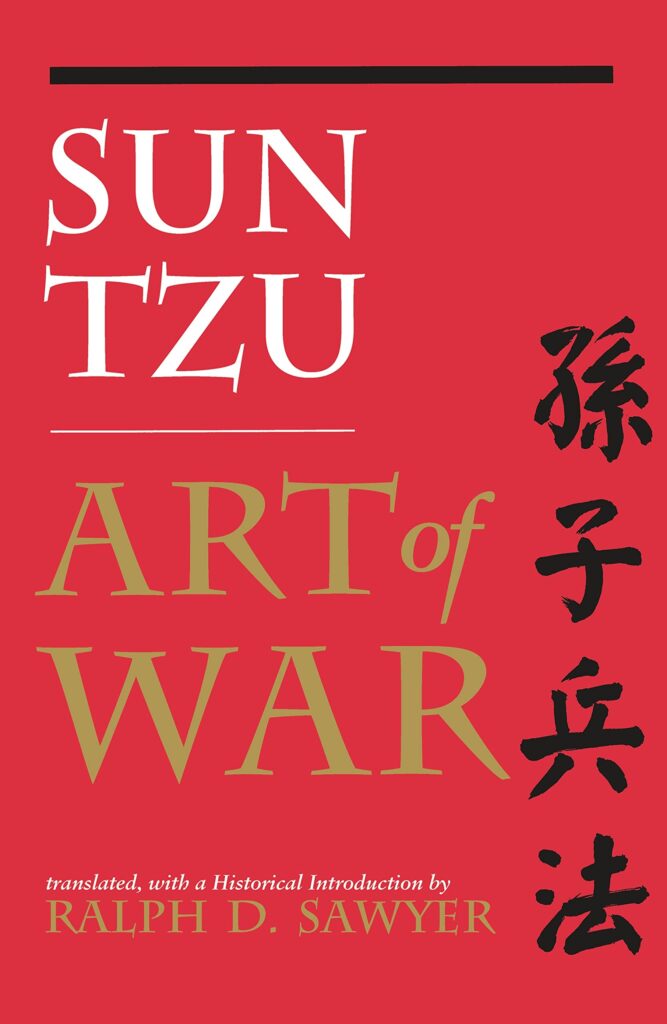The Price of Greed: How Racism, Oligarchy, and Division Are Destroying America’s Future
Introduction
The United States has long positioned itself as the global beacon of democracy, freedom, and opportunity. Yet, beneath the surface of this narrative lies a deeply entrenched system of racism and white supremacy that threatens to unravel the very fabric of the nation. For centuries, these forces have been used as tools to divide, distract, and exploit, preventing true progress and equity for all. As the U.S. clings to military might and economic sanctions to maintain its global dominance, its internal fractures grow wider, exposing vulnerabilities that could lead to its downfall.
“America is the new Karen of the world—demanding to speak to the manager while causing the chaos it complains about.”
Recent years have made it clear that racism is not merely a remnant of America’s past but a driving force in its present. The rollback of civil rights protections under former President Trump’s administration, coupled with an alarming rise in hate-based rhetoric and policies, demonstrates how white supremacy continues to undermine the country’s moral and social foundations. Meanwhile, American oligarchs have weaponized this division, using racial scapegoating as a distraction from systemic economic exploitation.

While the U.S. weakens itself from within, global power dynamics are shifting. China, through strategic economic investments and global partnerships, is positioning itself as the new world leader. Unlike America, China has focused on unity and long-term planning, leveraging global cooperation rather than division. As America doubles down on its historical pattern of exclusion and oppression, it risks accelerating its own decline, paving the way for China to assume leadership on the world stage.
This article will explore how racism and white supremacy—long ignored as existential threats—are eroding America’s global standing. It will also examine how the U.S.’s reliance on division contrasts with China’s approach, and why the failure to confront these issues will ultimately lead to America’s undoing. The time has come to reckon with these truths, for the future of the nation depends on it.

Section 1: The Historical Roots of Division
America’s history is deeply rooted in racism and white supremacy, a legacy that has shaped every aspect of its society, from its founding principles to its modern institutions. These forces were not accidental but intentional tools used to consolidate power for a select few while exploiting and oppressing others. The institution of slavery, the systematic extermination of Indigenous peoples, and the creation of Jim Crow laws are stark examples of how racism has been embedded into the nation’s DNA.
The Civil Rights Movement of the 1960s marked a turning point, as marginalized communities pushed back against systemic oppression, securing landmark victories like the Civil Rights Act of 1964 and the Voting Rights Act of 1965. However, these achievements were met with fierce resistance, and the progress made has been steadily eroded in recent decades. For instance, under President Trump’s administration, efforts were made to undermine civil rights protections, including attempting to roll back affirmative action policies and weakening anti-discrimination enforcement in housing, education, and employment.
This rollback of rights is not an isolated event but part of a broader historical pattern. Throughout America’s history, the ruling class has used racism as a tool to maintain control and distract the masses from systemic inequalities. By scapegoating marginalized groups—whether Black people, immigrants, or Indigenous communities—those in power have successfully redirected the frustrations of struggling working-class Americans away from the true sources of their suffering: economic exploitation and corporate greed.
White supremacy has always relied on fostering division, convincing working-class white Americans that their interests are aligned with the wealthy elite rather than their fellow workers of other races. This “divide and conquer” strategy has perpetuated a cycle of inequality and resentment, ensuring that the structural problems of poverty, underfunded education, and lack of healthcare remain unaddressed.

The Consequences of a Divided Nation
The cost of this division is immense. America’s refusal to reckon with its racist past has created deep social and economic fractures. Racial disparities in wealth, education, and incarceration rates persist, ensuring that a significant portion of the population remains disenfranchised. According to a 2023 study by the Brookings Institution, the median wealth of white families is nearly eight times that of Black families, a gap that has only widened over time. Similarly, Black Americans are incarcerated at nearly five times the rate of white Americans, reflecting a justice system designed to perpetuate racial inequality.
As America’s internal divisions deepen, its global influence weakens. A nation that cannot address its own systemic racism loses credibility when it attempts to promote democracy and human rights abroad. Furthermore, these divisions hinder America’s ability to innovate and compete on a global scale. When talent and potential are stifled by systemic barriers, the entire nation suffers.
America’s history of racism is not just a moral failing—it is a self-inflicted wound that continues to fester. Unless the nation confronts this reality and works toward true equity, it will remain trapped in a cycle of division and decline, leaving the door open for other nations to take its place on the world stage.
Section 2: Economic and Political Inequality Fueled by Racism
Racism is not only a moral failure but also an economic and political strategy that has consistently undermined America’s potential. By fostering division and maintaining systemic barriers to equality, white supremacy has created an unequal playing field that stifles innovation, limits economic growth, and erodes social cohesion. The economic and political exploitation of marginalized communities, paired with the deliberate distraction of racial scapegoating, has left the nation vulnerable to collapse.
The Economic Cost of Racism
Racism has imposed an enormous economic burden on the United States. By excluding large portions of the population from opportunities in education, housing, and employment, America has failed to fully capitalize on its diverse talent pool. For example, discriminatory practices such as redlining and unequal access to loans have stunted generational wealth-building for Black and Hispanic families, creating a racial wealth gap that widens with each generation. According to a 2020 report from McKinsey & Company, closing the racial wealth gap could add $1.5 trillion to the U.S. economy by 2028. Instead, the nation continues to bleed potential by maintaining systems of inequality.
Furthermore, underfunded schools in predominantly Black and Hispanic neighborhoods create cycles of poverty, limiting upward mobility and innovation. At the same time, mass incarceration disproportionately targets communities of color, stripping these communities of human capital and draining billions of dollars from the economy. The Prison Policy Initiative estimates that the U.S. spends over $80 billion annually on incarceration—funds that could be redirected toward education, healthcare, or infrastructure.
Racial Scapegoating as a Political Tool
America’s economic struggles are not the result of immigration, affirmative action, or social welfare programs, as many political elites would have the public believe. Instead, they stem from policies that prioritize corporate greed over public welfare. Yet, oligarchs and politicians have long used racial scapegoating to deflect blame from their own failures. By fostering resentment against Black, Hispanic, and immigrant communities, they shift attention away from policies that exploit the working class as a whole.
The use of racial scapegoating is not a new phenomenon. During Reconstruction, Southern elites convinced poor white farmers that their struggles were due to the newly freed Black population rather than the exploitative economic systems that kept them all in poverty. Today, this strategy persists, as politicians and media outlets amplify narratives that blame immigrants for unemployment, or affirmative action for the lack of college opportunities for white students. These narratives obscure the true sources of inequality—corporate deregulation, wage stagnation, and the concentration of wealth among the top 1%.
The Political Consequences of Division
Racism has also eroded trust in democratic institutions, creating a political environment ripe for manipulation. Gerrymandering and voter suppression disproportionately affect communities of color, limiting their ability to influence policies that could address systemic inequality. For example, states with large Black populations often implement strict voter ID laws and reduce polling locations in minority neighborhoods, making it harder for these communities to exercise their political power.
These deliberate tactics weaken America’s democracy, creating a cycle of disenfranchisement and disillusionment. As marginalized communities lose faith in the political system, voter turnout declines, further entrenching inequality. Meanwhile, the focus on racial scapegoating ensures that the working class remains divided, unable to unite against the true sources of their struggles.
The Global Implications of Economic and Political Inequality
America’s internal divisions weaken its ability to compete on the global stage. While the U.S. invests heavily in its military, its failure to address systemic inequality leaves it unprepared for long-term economic and technological challenges. In contrast, nations like China are investing in education, infrastructure, and global partnerships, creating a foundation for sustained growth and influence.
China’s Belt and Road Initiative, for instance, has created economic opportunities for developing nations, positioning China as a global leader in trade and diplomacy. Meanwhile, America’s focus on division and exclusion has led to declining trust among allies and an inability to foster global cooperation. By allowing racism to dictate domestic and foreign policy, the U.S. is effectively ceding its position as a global leader.
A Nation Divided Against Itself Cannot Stand
Economic and political inequality, fueled by racism, is not just an internal issue—it is a national security threat. A nation that fails to invest in its people and build unity cannot hope to maintain its position as a global superpower. America’s refusal to confront the root causes of inequality will leave it vulnerable to collapse, paving the way for nations like China to dominate the 21st century.
Section 3: Global Perception of America
America’s self-proclaimed identity as a beacon of freedom and democracy has always been at odds with the realities of its systemic racism and internal divisions. While the U.S. has relied on military power and economic sanctions to assert global dominance, its inability to address domestic inequities has eroded its credibility abroad. As America struggles with rising racial tensions and social unrest, the world is beginning to question its legitimacy as a moral leader. Meanwhile, nations like China are capitalizing on this decline, presenting themselves as stable, forward-thinking alternatives in the global arena.
Hypocrisy on the Global Stage
For decades, America has used its moral authority to advocate for human rights, democracy, and equality on the international stage. However, this narrative is increasingly undermined by the glaring contradictions of its domestic policies. Images of police brutality, protests against racial injustice, and the resurgence of white supremacist rhetoric have cast a harsh spotlight on America’s internal failures.
Countries that have historically aligned with the U.S. are beginning to distance themselves, citing these hypocrisies as evidence of a declining moral compass. For example, during the Black Lives Matter protests in 2020, international leaders from countries like Germany, Canada, and New Zealand publicly criticized the U.S. for its treatment of racial minorities. This criticism highlights a growing perception that America’s internal struggles disqualify it from lecturing other nations on human rights and governance.
The Impact of Militarism and Sanctions
While America continues to rely on military strength and economic sanctions as tools of global influence, these strategies are increasingly seen as acts of aggression rather than leadership. The U.S. has imposed crippling sanctions on nations like Iran, Venezuela, and Cuba, which have devastated local economies and led to widespread suffering. These actions often disproportionately harm marginalized populations in these countries, further tarnishing America’s reputation as a global advocate for justice.
In contrast, China has taken a different approach, prioritizing economic partnerships over coercion. Through initiatives like the Belt and Road Initiative, China has invested billions of dollars in infrastructure projects across Asia, Africa, and Latin America, earning goodwill and strengthening its global influence. By focusing on collaboration rather than domination, China is positioning itself as a more reliable and equitable partner, particularly for developing nations.
America’s Declining Influence Among Allies
Racial tensions and social unrest in the U.S. have also damaged its relationships with traditional allies. As Europe and other regions grapple with their own issues of immigration and integration, many nations are looking to China as a model for stability and economic growth. In fact, several European countries have already begun to shift their focus eastward, forming trade agreements with China and participating in its global initiatives.
The U.S. has also lost its status as a cultural and ideological leader. The glorification of white supremacy and xenophobia in American politics has alienated diverse populations around the world, leading many to view America as a nation in decline. This growing disillusionment is evident in declining foreign investment and the increasing reluctance of global powers to follow America’s lead in addressing international crises.
China’s Strategic Rise
While America’s internal divisions weaken its global standing, China is steadily rising as a global power. Unlike the U.S., China has focused on long-term planning, economic development, and technological innovation. By investing in education, renewable energy, and infrastructure, China has created a foundation for sustained growth and global influence.
China’s foreign policy also contrasts sharply with America’s. Where the U.S. imposes sanctions and builds military bases, China fosters economic partnerships and invests in development. For example, China’s investments in Africa have transformed infrastructure and created opportunities for economic growth, earning the nation a reputation as a global leader in international development.
This strategic focus on inclusion and collaboration is winning China allies and expanding its influence. As America grapples with its internal struggles, it risks falling behind in a world that increasingly values unity and progress over division and aggression.
America’s Eroding Moral Leadership
The combination of racial injustice, political polarization, and reliance on outdated methods of global influence is accelerating America’s decline. The nation’s failure to address these issues at home is not just a domestic problem—it’s a global liability. In a world that values authenticity and accountability, America’s inability to live up to its own ideals has rendered it a hypocritical and unreliable leader.
If the U.S. does not confront its systemic racism and internal divisions, it will continue to lose its influence on the world stage. Meanwhile, China’s rise as a strategic, stable, and inclusive power will only accelerate, shifting the balance of global power away from the West.
Section 4: The Collapse of Empires and Lessons from History
History is littered with examples of once-great empires that fell due to internal divisions, systemic inequality, and the unsustainable exploitation of their own people. From the Roman Empire to colonial Britain, the pattern is clear: no nation can maintain its dominance when its foundations are weakened by corruption, oppression, and a failure to adapt to changing global dynamics. America, with its deeply ingrained racism and reliance on division, is following the same trajectory—and it may not be able to avoid the fate of past empires.
The Lessons of Rome
The Roman Empire, one of the most powerful civilizations in history, did not fall because of a single catastrophic event. Instead, it collapsed over time due to internal divisions, economic inequality, and overextension. The empire’s leaders were more focused on maintaining power through military force and suppressing dissent than addressing the needs of their citizens. This neglect weakened Rome from within, leaving it vulnerable to external threats.
Similarly, America’s focus on maintaining global dominance through military might while neglecting its internal fractures mirrors the downfall of Rome. Like Rome, America has built a society where wealth and power are concentrated in the hands of a few, while the majority struggles to make ends meet. This growing inequality, compounded by systemic racism, has created a population divided against itself—a key indicator of a collapsing empire.
The British Empire and Colonial Greed
The British Empire offers another cautionary tale. At its height, Britain controlled vast swaths of the globe through colonization and exploitation. However, its reliance on oppressive practices and the extraction of wealth from colonized nations sowed the seeds of its downfall. By the 20th century, resistance movements in India, Africa, and other colonies rose up to challenge British rule, fueled by the inherent injustice of its imperial system.
In a similar vein, America’s reliance on the exploitation of marginalized communities has created widespread resentment and unrest. Domestically, this manifests as movements for racial justice, economic equality, and political reform. Internationally, America’s aggressive foreign policies and sanctions have alienated allies and strengthened its adversaries. Just as Britain’s inability to adapt to changing global dynamics led to the loss of its empire, America’s refusal to address its systemic inequalities will hasten its decline.
Racism as a Self-Inflicted Wound
What sets America apart from these historical empires is the uniquely corrosive role of racism. While other empires collapsed due to overreach and economic exploitation, America is actively sabotaging itself from within by allowing racism to define its policies and social structures. This self-inflicted wound weakens the nation’s ability to unite its people and leverage its full potential.
The systemic exclusion of Black, Hispanic, and Indigenous communities from opportunities in education, housing, and healthcare has created a society where large segments of the population are unable to contribute to or benefit from the nation’s prosperity. This exclusion not only weakens the social fabric but also drains the economy of potential innovation and productivity. By clinging to white supremacy, America is effectively choosing division over progress—a choice that will ultimately lead to its undoing.
The Tipping Point: Climate Change and Economic Instability
America’s internal divisions are further exacerbated by external pressures such as climate change and economic instability. Rising sea levels, increasingly severe natural disasters, and resource scarcity disproportionately affect marginalized communities, highlighting the intersections of racism and environmental justice. As these crises escalate, the nation’s failure to address systemic inequality will leave it ill-equipped to respond effectively.
Economically, America’s reliance on outdated industries and refusal to invest in equitable solutions is putting it at a disadvantage. While nations like China are investing in renewable energy, infrastructure, and technology, America remains bogged down by partisan gridlock and short-term thinking. These factors make it increasingly likely that America will reach a tipping point where its internal weaknesses can no longer be ignored.
The Path Forward or the Path to Collapse
The fall of Rome, Britain, and other empires serves as a stark warning for America. No nation is immune to the consequences of internal division and systemic inequality. If America continues to prioritize white supremacy and division over unity and progress, it will follow the same trajectory as these failed empires.
However, history also shows that nations can change course. By confronting racism head-on, investing in marginalized communities, and prioritizing equity and inclusion, America has the opportunity to rebuild its foundations and avoid collapse. The question is whether it will choose to do so—or continue down a path of self-destruction.
Would you like to expand on any particular historical parallels or focus more on specific current events in this section?
Section 5: The Rise of China and America’s Missed Opportunity
While America falters under the weight of its internal divisions, systemic racism, and shortsighted policies, China has emerged as a strategic and disciplined competitor on the global stage. Unlike the U.S., China has taken a long-term approach, investing in education, technology, infrastructure, and global partnerships to establish itself as a dominant world power. The stark contrast between America’s racialized internal struggles and China’s unified vision highlights a critical divergence: while one nation is consumed by division, the other is building a foundation for sustained global leadership.

China’s Strategic Investments
China’s rise is not accidental. It is the result of deliberate investments in key areas that strengthen its position domestically and internationally. Through initiatives like the Belt and Road Initiative (BRI), China has invested trillions of dollars in infrastructure projects across Asia, Africa, and Latin America, building railways, ports, and power plants that connect developing nations to the global economy. These investments not only expand China’s influence but also foster goodwill among countries that have long been marginalized by Western powers.
In contrast, America’s focus on military spending and sanctions has alienated allies and exacerbated global inequalities. Instead of fostering partnerships, the U.S. has relied on coercion to maintain its dominance. This strategy, rooted in a history of racialized imperialism, is proving to be unsustainable in a world that increasingly values cooperation over conflict.
Unity vs. Division
A key factor in China’s rise is its ability to present a unified front, both domestically and internationally. While the U.S. is mired in racial and political divisions, China has focused on cultivating national identity and prioritizing collective goals. This unity has allowed China to make rapid advancements in technology, infrastructure, and renewable energy, areas where America is falling behind due to its fragmented and partisan political system.
Domestically, America’s racial divisions have undermined its ability to innovate and grow. Systemic racism and white supremacy prevent millions of Americans from reaching their full potential, depriving the nation of talent and productivity. By contrast, China’s meritocratic approach to economic development ensures that resources are allocated efficiently, regardless of race or ethnicity. While America clings to exclusionary policies, China is reaping the benefits of inclusion and strategic planning.
The Global Shift in Leadership
America’s internal struggles are not just domestic concerns—they have global implications. As the U.S. grapples with racial injustice, political instability, and economic inequality, its credibility as a world leader is rapidly declining. Allies are beginning to look elsewhere for leadership, and China is positioning itself as a viable alternative.
China’s growing influence is evident in its ability to build alliances and expand its soft power. By offering loans, infrastructure, and trade agreements to developing nations, China is presenting itself as a partner for growth and development, while America continues to impose sanctions and intervene militarily. This shift in global dynamics is already reshaping the world order, with many nations turning to China for leadership in areas like climate change, technology, and economic development.
America’s Missed Opportunities
The U.S. has the resources and potential to compete with China, but it has repeatedly squandered opportunities to invest in its future. Instead of addressing systemic racism and inequality, America has doubled down on policies that exacerbate division and weaken its social fabric. Investments in education, healthcare, and renewable energy—critical areas for long-term growth—have been deprioritized in favor of military spending and tax cuts for the wealthy.
China, meanwhile, has capitalized on America’s failures by positioning itself as a leader in the industries of the future. It leads the world in renewable energy production, artificial intelligence, and 5G technology, all of which are critical to global economic dominance in the 21st century. America’s inability to invest in these areas, coupled with its divisive policies, has left it unprepared for the challenges of the future.
The Cost of Division and the Need for Change
America’s reliance on racism and division is not only a moral failing but also a strategic blunder. By refusing to confront these issues, the U.S. is undermining its ability to compete on the global stage. The longer America remains focused on internal conflict and exclusionary policies, the more ground it will lose to nations like China, which are leveraging unity and inclusion to build a stronger future.
The path forward is clear: America must confront its systemic racism, invest in marginalized communities, and prioritize innovation and collaboration. Without these changes, the nation will continue its decline, ceding its position as a global leader to a more strategic and unified competitor.
Section 6: The Art of War and China’s Long-Term Strategy
Sun Tzu’s The Art of War is often regarded as a cornerstone of strategic thinking, emphasizing patience, foresight, and adaptability. Its principles resonate strongly in China’s rise to global prominence, reflecting a deliberate and calculated approach to geopolitics and economic dominance. While America clings to short-term gains and reactionary policies fueled by internal division, China has embraced a Sun Tzu-inspired strategy of careful planning, leveraging the weaknesses of its competitors, and building alliances that secure its long-term objectives.

“The supreme art of war is to subdue the enemy without fighting.”
One of Sun Tzu’s most famous maxims highlights the importance of achieving victory without direct confrontation. This philosophy is evident in China’s global strategy, which prioritizes economic influence and soft power over military aggression. Through initiatives like the Belt and Road Initiative (BRI), China has “subdued” much of the developing world by investing in infrastructure and offering financial assistance. These efforts have created dependencies that expand China’s influence without firing a single shot.
In contrast, America’s reliance on military interventions and economic sanctions has alienated allies and destabilized regions. From Iraq to Afghanistan, the U.S. has spent trillions of dollars on wars that have yielded little strategic benefit. These conflicts have not only drained America’s resources but also eroded its moral standing in the eyes of the world. While China builds, America destroys—a stark contrast in strategic philosophy.
“All warfare is based on deception.”
China’s long-term strategy involves careful maneuvering and the projection of strength without provoking open conflict. It has cultivated an image of a cooperative global partner while quietly expanding its influence through technology, trade, and diplomacy. For example, China’s investments in African nations often come with strings attached, such as control over critical infrastructure or access to natural resources. These moves, while subtle, ensure China’s dominance in key regions.
America, on the other hand, has failed to disguise its intentions, often resorting to overt displays of power that alienate allies and embolden adversaries. The Trump administration’s “America First” policy, for instance, alienated global partners and undermined multilateral institutions, creating a vacuum that China was quick to fill. Where Sun Tzu would advocate subtlety, America often telegraphs its moves, losing the element of surprise and strategic advantage.
“Victorious warriors win first and then go to war, while defeated warriors go to war first and then seek to win.”
China’s strategy is marked by meticulous preparation and long-term planning. Its investments in education, technology, and renewable energy are designed to secure its dominance for decades to come. By focusing on foundational growth, China ensures that it “wins” before engaging in any form of direct competition. For example, China’s leadership in artificial intelligence and 5G technology has given it a significant advantage in shaping the future of global communication and surveillance.
In contrast, America often acts impulsively, prioritizing short-term victories over sustainable strategies. Its lack of investment in infrastructure, education, and social equity has left it ill-prepared to compete with China’s long-term vision. For example, while China builds high-speed rail networks and invests in clean energy, America struggles to maintain crumbling bridges and outdated power grids. This reactive approach reflects a fundamental misunderstanding of the strategic principles outlined by Sun Tzu.
“Appear at points which the enemy must hasten to defend; march swiftly to places where you are not expected.”
China’s Belt and Road Initiative exemplifies this principle by focusing on regions that the U.S. has neglected. By investing in Africa, Southeast Asia, and Latin America, China has established a foothold in areas where American influence has waned. These investments not only expand China’s economic reach but also create geopolitical leverage, as countries become reliant on Chinese infrastructure and trade.
America, meanwhile, has focused its attention on traditional power centers like Europe and the Middle East, often to diminishing returns. Its neglect of the Global South has allowed China to gain influence unchallenged, demonstrating the effectiveness of targeting “unexpected” opportunities.
“When you surround an army, leave an outlet free. Do not press a desperate foe too hard.”
China’s strategy also reflects an understanding of balance and restraint. While it seeks to dominate economically, it avoids pushing adversaries into a corner. For example, despite growing tensions with the U.S., China continues to maintain significant trade relationships with America, ensuring mutual economic interdependence. This restraint prevents the U.S. from fully disengaging, even as competition intensifies.
In contrast, America’s zero-sum approach to geopolitics often escalates conflicts unnecessarily. Sanctions and trade wars with China have hurt both nations economically, but they have also driven China to strengthen its partnerships with other global powers. By failing to leave “an outlet free,” America risks isolating itself further on the global stage.
The Diverging Paths of America and China
Sun Tzu’s principles reveal the stark differences between China’s strategic foresight and America’s reactionary policies. While China has embraced patience, adaptability, and long-term thinking, America’s focus on short-term victories and internal division has left it vulnerable. Racism and white supremacy have further weakened America’s ability to unify its population and leverage its full potential, creating a fractured society that struggles to compete with China’s cohesive vision.
The rise of China is not just the result of its own strategy but also a consequence of America’s failure to adapt. By clinging to outdated practices of division and domination, the U.S. is ceding its position as a global leader to a nation that has mastered the art of strategic planning.
The Lesson of The Art of War
If America hopes to reclaim its leadership on the global stage, it must abandon its reliance on division and adopt a more strategic, inclusive approach. This means confronting systemic racism, investing in its people, and prioritizing long-term growth over short-term gains. Until it does, China will continue to follow Sun Tzu’s teachings, outmaneuvering America and solidifying its position as the world’s dominant power.
About the Author: The Eat The Rich Movement
The Eat The Rich Movement is not just a slogan—it is a call to action, a rallying cry for a world that prioritizes humanity over greed. In a time when oligarchs hoard unimaginable wealth while millions struggle to survive, this movement represents a collective push against the systems of inequality that have exploited and divided us for far too long. Our mission is clear: to challenge the concentration of wealth and power, to expose systemic corruption, and to empower people with the tools and knowledge to create a fairer, more equitable future.
We stand at a crossroads in history. One path leads backward—a continuation of a system that thrives on division, inequality, and the exploitation of human and natural resources. The other path is one of transformation, a forward-looking vision of humanity united by shared prosperity, technological innovation, and sustainable progress. The Eat The Rich Movement is about choosing that second path. It is about building a futuristic society that values global wealth and health for all, not just the privileged few.
At its core, the Eat The Rich Movement is about being human. It is about recognizing our shared struggles and finding common ground in our desire for a better world. Greed, corruption, and inequality are not insurmountable forces; they are products of systems that we, together, have the power to change. Through this platform, we will bring you articles, stories, and insights that uncover the truth, spark critical thinking, and inspire action.
We would like to thank Evo Magazine for giving us a space to express our voice and connect with readers who share our vision for a better future. Platforms like Evo Magazine play a vital role in amplifying movements like ours, allowing us to challenge the status quo and empower individuals to take action.
This is more than a movement—it is a commitment to the future. We believe in creating a society where technological advancements serve the collective good, where wealth is not concentrated but distributed to empower innovation and well-being, and where every individual has the opportunity to thrive. Together, we will fight the oligarchs and dismantle the systems of oppression that keep humanity from reaching its true potential.
The Eat The Rich Movement is not just about dismantling the old—it is about building the new. A world where humanity’s wealth is measured not in profits, but in the health, happiness, and potential of its people. It is a movement for those who refuse to go back and instead demand a future that works for everyone.
This is our time. This is your movement. Join us in reclaiming humanity and creating a world where the pursuit of progress serves us all.
- EAT THE RICH – Written by Faceless








